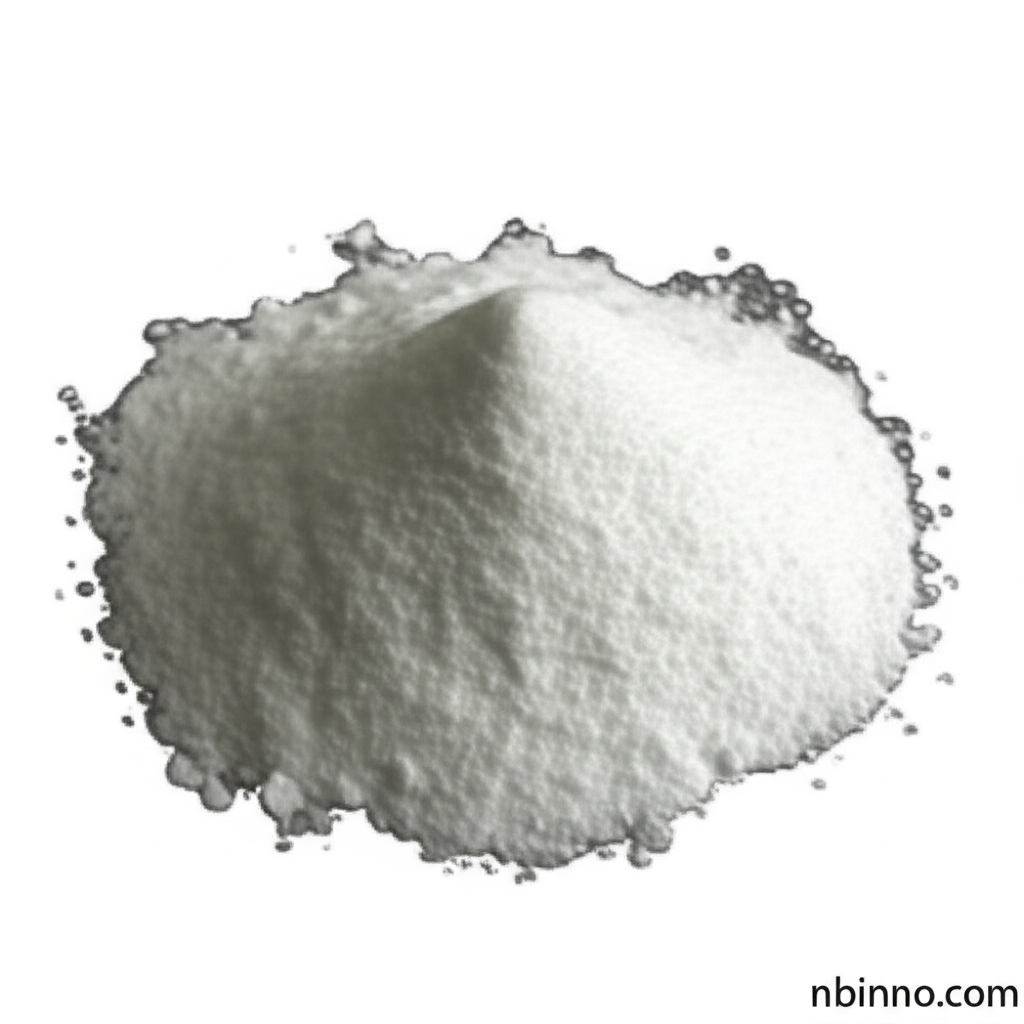High-Purity 2-Methyl-3-nitrobenzoic Acid (CAS 1975-50-4): Synthesis, Applications, and Supplier Information
Discover the versatile applications and properties of 2-Methyl-3-nitrobenzoic acid, a key fine chemical intermediate.
Get a Quote & SampleProduct Core Value

2-Methyl-3-nitrobenzoic acid
This high-purity fine chemical intermediate, identified by CAS 1975-50-4, serves as a crucial building block in various advanced chemical processes. Its unique molecular structure and reactivity make it indispensable for developing complex organic molecules.
- Leveraging 2-methyl-3-nitrobenzoic acid synthesis for advanced organic chemistry applications, researchers can create novel compounds with tailored properties.
- Sourcing 2-methyl-3-nitrobenzoic acid from reliable suppliers ensures consistent quality and availability for critical R&D and manufacturing needs.
- The utility of 3-nitro-o-toluic acid as a key pharmaceutical intermediate underscores its importance in drug discovery and development pipelines.
- Understanding the specific CAS 1975-50-4 chemical properties is vital for optimizing reaction conditions and achieving desired outcomes in synthesis.
Product Advantages
Versatile Synthesis Intermediate
As a prime organic synthesis building block, it enables the creation of complex molecules, vital for pharmaceuticals and material science advancements.
High Purity and Reliability
With purity levels often exceeding 98%, this compound is a dependable choice for sensitive chemical reactions, ensuring consistent results in research and production.
Broad Application Spectrum
Its application as an analytical chemistry reagent aids in precise identification and quantification, contributing to quality control and research integrity.
Key Applications
Pharmaceutical Development
The compound is essential as an intermediate in the synthesis of various pharmaceuticals, supporting the development of new therapeutic agents through precise organic synthesis.
Cosmetics Formulation
Its properties make it suitable for use in cosmetic formulations, contributing to product efficacy and stability as part of specialized chemical intermediates.
Organic Synthesis
It is extensively utilized in academic and industrial labs as a fundamental organic synthesis building block for creating intricate molecular structures.
Analytical Chemistry
As a valuable analytical chemistry reagent, it assists in chromatography and other methods for identifying and quantifying chemical species.
